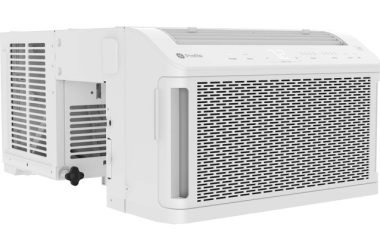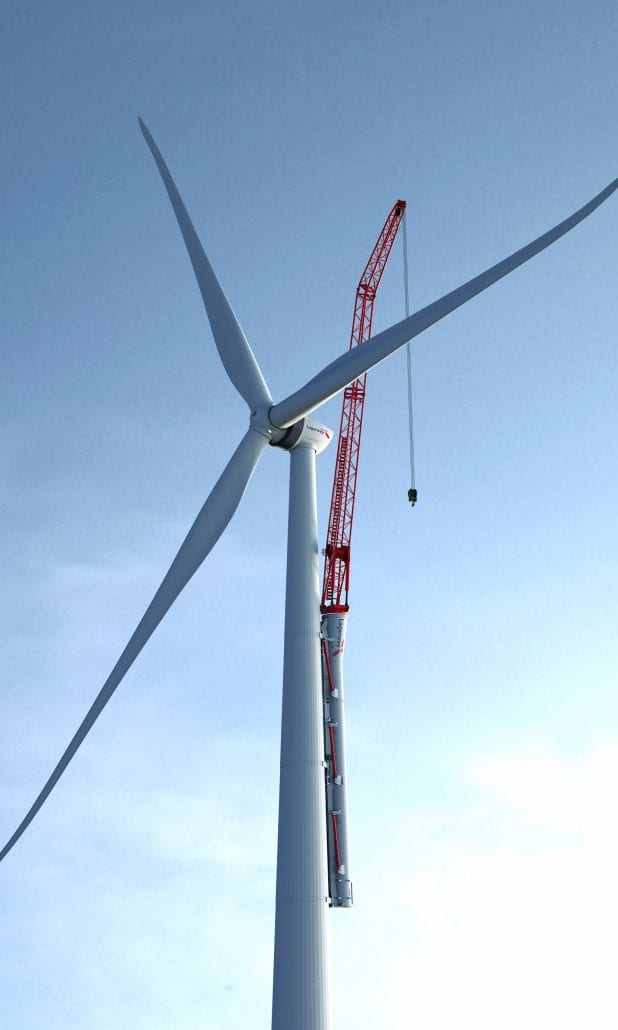Originally published on Green Building Elements By Nicholas Brown.
There is a common concern about ventilation bringing warm air into rooms. While this is true, it still helps to keep you cool by blowing out the even warmer air inside your home, and by helping to reduce humidity which makes you feel warmer.
In many cases, it may be warmer inside your home than it is outside because your home will absorb heat from the sun and then trap it. Ventilation blows the resulting hot air outside.
How Ventilation Helps Keep Humidity Under Control
How would simply passing air through a house keep humidity under control? First of all, humidity is a measure of the quantity of water vapour in the air.
This means that the various indoor producers of water vapour will heighten your home’s humidity levels, which will likely exceed outdoor humidity because the water vapour will be trapped in your home. Ventilation blows it outside.
Causes Of Water Vapour/Humidity Increases
I could spend the entire day telling you about the contributors to your home’s humidity, but I will only list the most important ones:
- Your breath
- Perspiration
- Burps
- Glasses of water and other drinks
- Water spilled on the counter or floor
- Your dog’s water bowl
- Your cooking (steam)
- Clothing soaking in water
- Any other process that involves the open use of water
Summary: Ventilation is helpful because it blows hot air and water vapour outside. It also keeps the air moving, and the movement of air cools your skin by accelerating the evaporation of your skin’s fluids. This doesn’t mean that ventilation will dry out your skin. Air conditioning is even more capable of drying it out because it is constantly dehumidifying the air in the room until it becomes very dry.






